CYBER SECURITY SOLUTIONS & SERVICES
Cyber Security
NewGen IT is providing Cyber Security solutions other than regional IT Infrastructure Managed Services, Application Services and HR Managed Services (FMS) to our customers globally. NewGen IT focuses on keeping its clients in the mainstream of continually evolving technology. We understand technology is the enabler and understand that there is always a scarcity of resources to abreast the right technology. We work with our clients from the initial stages of planning their technology investments, helping them tie-up with the best of breed partners and then help all the stakeholders to manage the expectations, ensure checks and balances for timely delivery with financial prudence. Clients are looking for capabilities on demand and not capacity on demand. Large IT service providers are not agile enough to fulfil the specific skill set required to complete strategic tasks. We realized this gap across solution design.
CYBER SECURITY OFFERINGS:
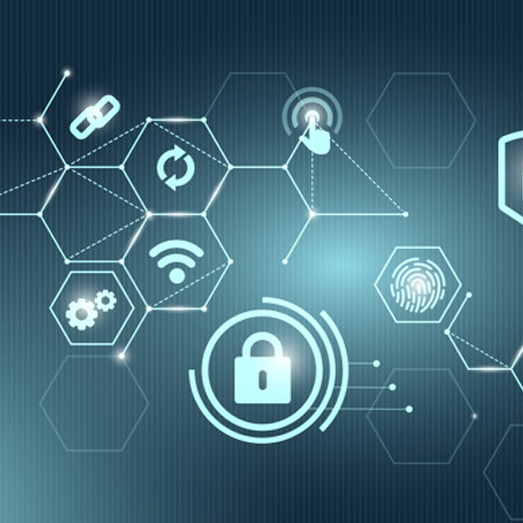
CYBER SECURITY SOLUTIONS AND SERVICES - STAY SAFE FROM CYBER THREATS
Cyber security Software
& Hardware solution services
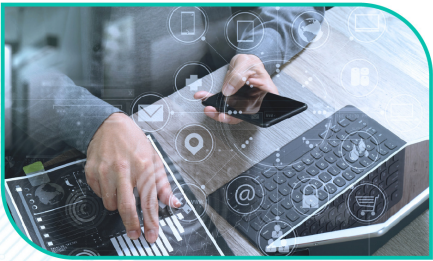
Cyber security managed services


Multi Factor Authentication (MFA)
Multi-Factor Authentication (MFA) is a security system that verifies a user’s identity by
requiring multiple credentials. It is a critical component of identity and access management
(IAM). Rather than just asking for a username and password, MFA requires
other—additional—credentials, such as a code from the user’s smartphone, the answer to a
security question, a fingerprint, or facial recognition.
MFA is an effective way to provide
enhanced security. Traditional usernames and passwords can be stolen, and they’ve become
increasingly more vulnerable to brute force attacks. MFA creates multiple layers of security
to help increase the confidence that the user requesting access is who they claim to be.
With MFA, a cybercriminal may steal one credential but will be thwarted by having to verify
identity in a different manner
Types of authentication factors
DATA LEAKAGE PREVENTION (DLP)
DLP is an integrated solution that uses behavior analytics and employee monitoring to prevent data leakage and insider threats.DLP basically monitors employee activities, behaviors, how sensitive information is exchanged via channels internally and externally across hardware platforms and OS. Based on information collected from varied sensors, admin apply rules and policies to track suspected employees, track, and control sensitive information movement.
Key Features
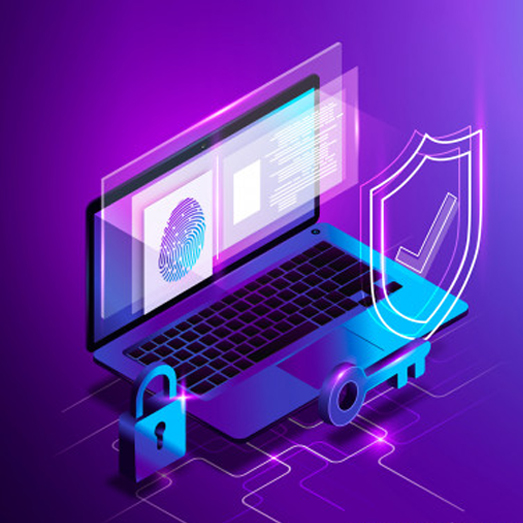
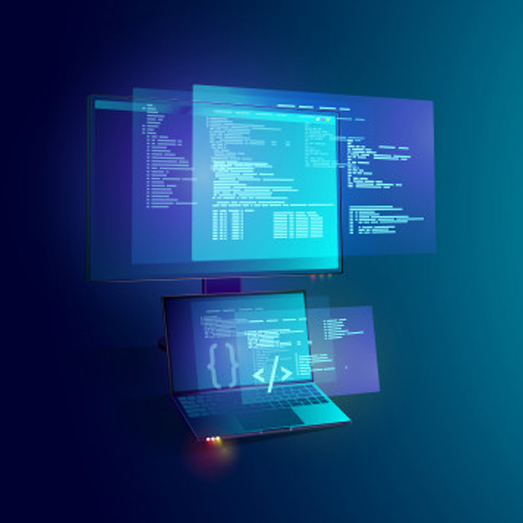
VULNERABILITY ASSESSMENT AND PENETRATION TESTING (VAPT)
VAPT is a term used to describe security testing that is designed to identify and help address cyber security vulnerabilities. VAPT could include anything from automated vulnerability assessments to human-led penetration testing and red team operations. It is impossible to know when a hacker might target your IT system, but it is possible to make an educated guess as to how they might try to gain access. There are only a limited number of ways into a system through the network, and these are the common routes that hackers use regularly. For a company, or even an individual for that matter, who cares about the sensitive information being kept in their IT system, it is imperative that they consider having a penetration test done regularly.
PENETRATION TESTING
Penetration testing, which is commonly referred to as pentesting, is the act of trying to break into your own IT systems. Considered being “white-hat” hacking. That is to say, the act of doing a “pentest” is no different than what a hacker might do to get into your system, but if you or a company that specializes in penetration testing wants the test performed, it is “good” hacking. The way that a pentest is performed changes from system to system and from user to user, but the end-result should be very similar. The person doing the test should have found out whether the system in question can or cannot be hacked.
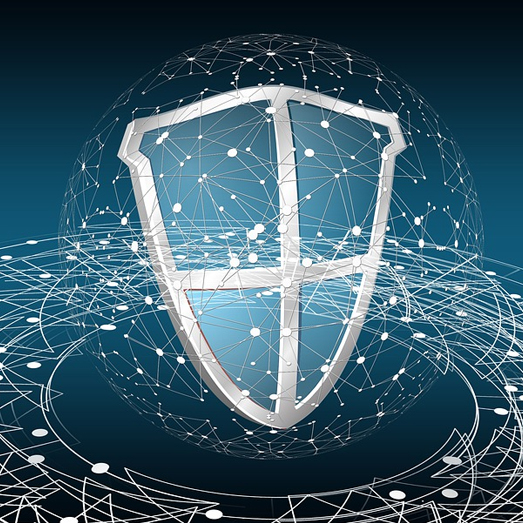
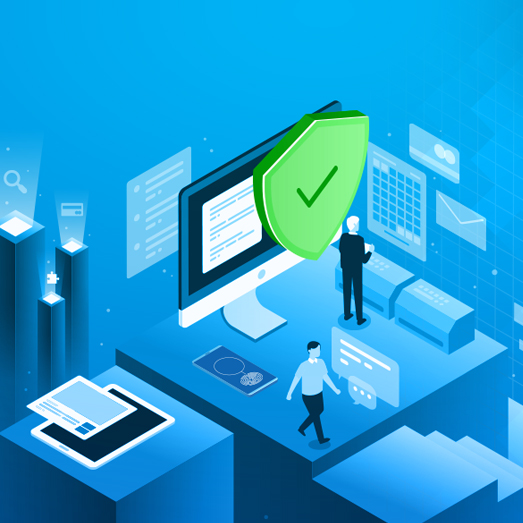
SECURITY OPERATION CENTRE (SOC)
An information security operations center (ISOC or SOC) is a facility where enterprise information systems (web sites, applications, databases, data centers and servers, networks, desktops and other endpoints) are monitored, assessed, and defended. SOC-as-a-service, also sometimes referred to as SOC as a service, is a subscription- or software-based service that manages and monitors your logs, devices, clouds, network, and assets for internal IT teams. The service provides companies with the knowledge and skills necessary to combat cybersecurity threats.
Key Features
UNIFIED THREAT MANAGEENT (UTM)
Unified threat management (UTM) provides multiple security features and services in a single device or service on the network, protecting users from security threats in a simplified way. UTM includes functions such as anti-virus, anti-spam, content filtering, and web filtering.UTM security product help reduce administrative overhead because it is all-in-one security product that offers wide range of services eliminating the need to purchase all those products separately. A next-generation firewall (NGFW) is a network security device that provides capabilities beyond a traditional, stateful firewall. While a traditional firewall typically provides stateful inspection of incoming and outgoing network traffic, a next-generation firewall includes additional features like application awareness and control, integrated intrusion prevention, and cloud-delivered threat intelligence.
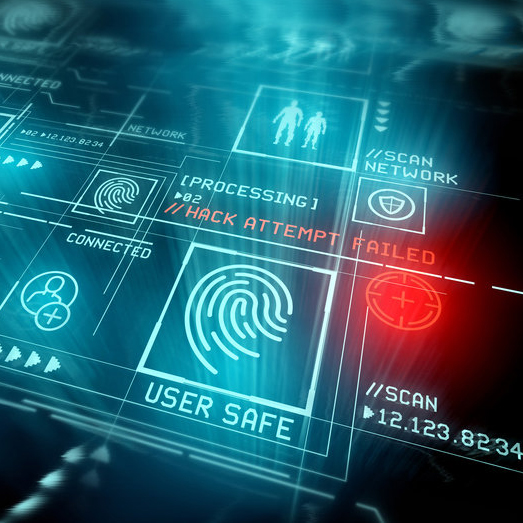

MOBILE DEVICE MANAGEMENT (MDM)
Mobile device management (MDM) is a type of security software used by an IT department to monitor, manage, and secure employees' mobile devices that are deployed across multiple mobile service providers and across multiple mobile operating systems being used in the organization. Mobile Device management software can ensure that your employees are taking the necessary security steps on their personal and company devices by coordinating security provisions. Through mobile device management you can configure devices to protect personal and business data and to remotely lock lost or stolen devices. The increasing consumerization of IT has led to more employees bringing their personal devices to workplace, and with these devices arises the need to monitor and manage them. BYOD has many benefits, including reducing equipment costs and freeing up time for IT (as employees will manage their own devices), but can introduce security risks if devices are not adequately monitored.
Key Features
BRING YOUR OWN DEVICE (BYOD Defined)
Bring your own device (BYOD) refers to the trend of employees using personal devices to connect to their organizational networks and access work-related systems and potentially sensitive or confidential data. Personal devices could include smartphones, personal computers, tablets, or USB drives. As more and more organizations support employees working from home, maintaining a flexible schedule, or connecting on the go while on work travel or commutes, BYOD solutions have become more prevalent. Some companies may sanction BYOD, while others may consider it part of “shadow IT,” which refers to software or hardware not supported by IT
Important elements of BYOD policies include:
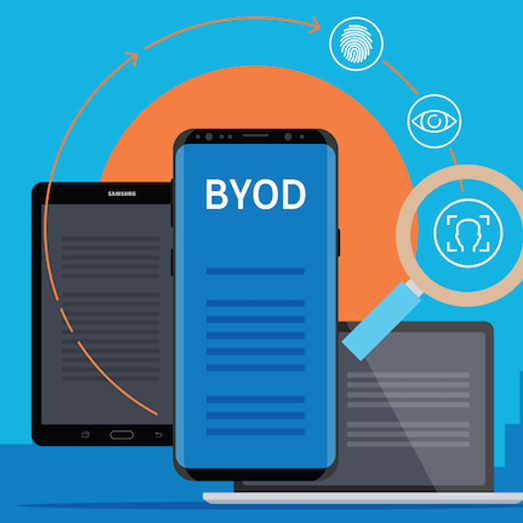
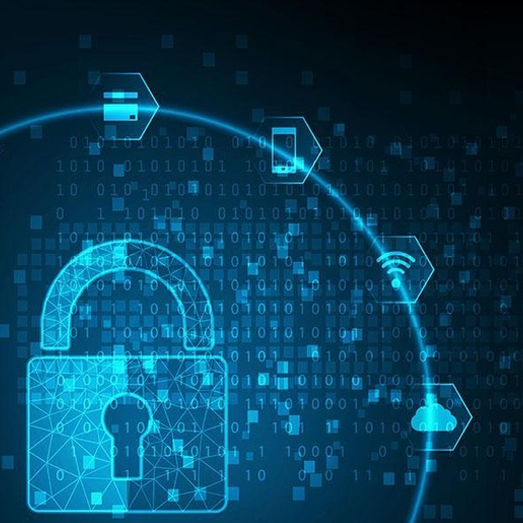
End Point Security(EPS)
Endpoint Security is an integrated, extensible security solution that protects servers, computer systems, laptops, and tablets against known and unknown threats. These threats include malware, suspicious communications, unsafe websites, and downloaded files. Endpoint Security enables multiple defense technologies to communicate in real time to analyze and protect against threats.